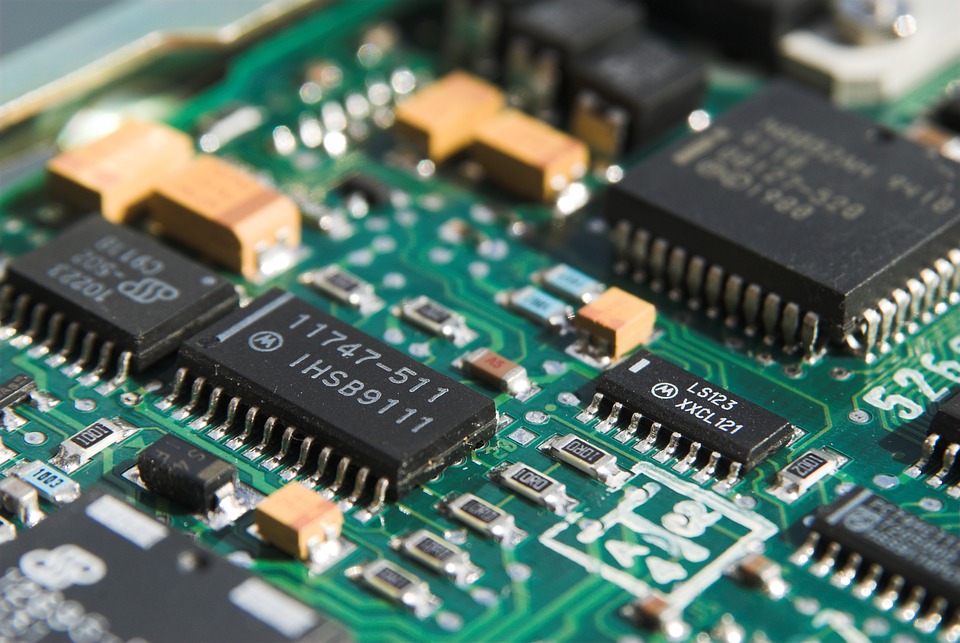There are multiple steps involved in the design, development, and launch of a new product; however, many experts would argue none is more important than the prototyping stage. Conceptualising and designing products on paper is clearly essential, but it’s only when you reach the prototype stage that you’ll get a physical representation of your product and be able to test its viability and practicality in use.
The importance of prototyping
Below are just a few reasons why you must produce a prototype of your product concept before committing to full manufacturing.
A prototype allows you to make final adjustments: Even with today’s advanced Computer-Aided Design (CAD) software, there’s simply no substitute for being able to see, hold, touch and use a product. Often design flaws that aren’t noticeable on a computer screen or 3D drawing suddenly become immediately apparent when you see and use a working model.
Make your product more marketable: A graphic representation on screen or paper can look great, but it’s only when you see a product that you’ll be able to ascertain how marketable it might be. Apple’s range of tech goods (the most famous being envisaged by British design guru Jony Ive) is a great example of a functional yet aesthetic design where the look and feel of the products are as important as the end-use.
The positive impact on Quality Assurance (QA): Quality Assurance (QA) is an integral part of today’s manufacturing and production process, and building a prototype will allow you to isolate potential flaws in your concept quickly. Moreover, a prototype will also let you streamline the processes in your final production methods.
Learn the true cost of production: Building a prototype will let you work out the true costs involved in manufacturing your product, based on having an accurate idea of the amount and number of materials required.
Find ways to reduce costs: A prototype model will help expose areas where you might be able to reduce costs, perhaps by changing the form factor of your product or using different materials. For example, if you are looking to source battery tabs for lithium-ion batteries, you might want to consider superior raw materials that result in higher quality tabs and therefore reliable and safer cells, like those produced by Avocet Battery Materials.
Increase the integrity of your product: There’s no point producing goods that won’t stand up to the normal wear and tear of everyday use. Building a prototype will let you fully test the integrity of a product before committing to the manufacturing stage.
Improve the way you manufacture the product: Flaws in your proposed tooling or manufacturing processes will only become apparent once you’ve made a working model of the product.
Work out potential conflicts: Very often designers and engineers disagree on points of design or functionality. However, by producing a prototype, you can quickly demonstrate the relative benefits or flaws of conflicting approaches. Testing and using a working model of your concept is the best way to fully resolve differences in design direction.
The post Reasons Why Prototyping Is So Essential In Product Design And Development appeared first on .


